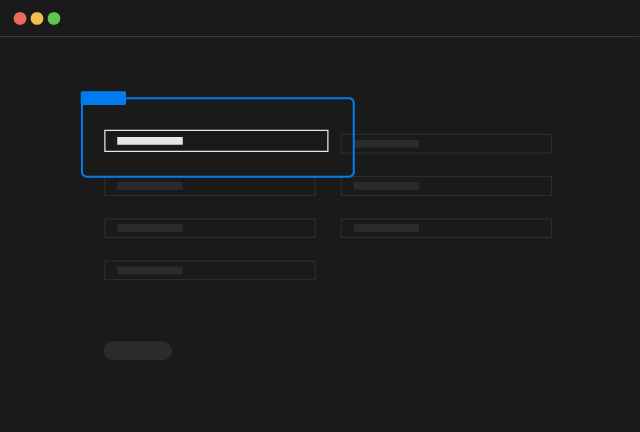Single Metaobject
Load a specific metaobject directly from Shopify
Loading a single Metaobject from Shopify offers several advantages, especially when you need specific, structured data for a particular context.
How to configure [Shopify]
Create the metaobject definition
Create the metaobject definition from Shopify panel > Settings > Custom Data > Metaobjects. You can create it in whatever way you like, just be sure to enable the options:
-
Active-draft status;
-
Storefronts API access;
How to fetch a Metaobject from Shopify
Copy our Component

Metaobject
Copy Element
Customize the Attributes
On the Custom Element smootify-metaobject there are 2 Custom Attributes that you have to modify:
Type
For example if you created a Metaobject definition with type "testimonials" use the attribute
Handle
You must modify the attribute
With the handle of the specific metaobject you want to load
CMS
You can naturally also think about binding the value to a CMS value
Add the metaobject attributes
On any Webflow static element you added inside the smootify-metaobject custom element, you can add the attribute:
to bind that static element to the corresponding field defined for the metaobject
Supported Fields
| Shopify Type | Webflow Elements | Info |
|---|---|---|
Single Line Text | Any text element | Will output the text of the field |
Multi Line Text | Any text element | Will output the text of the field |
Integer Number | Any text element | Will output the number of the field |
Double Number | Any text element | Will output the number of the field, the number of digits to output can be customized with the attribute Name data-digits Value 2 |
URL | Any link element | Will output the selected link |
Color | Any element | Will output on the element the CSS variable --metafield-color, unless you use the attribute Name property Value --your-css-variable |
File / Generic File | Any link element | If you select generic file you can output the link of it |
File / Image File | Any link, image and div element | If you use it on a link element the link to the image will be rendered, while on all other elements you will see the image or the background image |
File / Video File | Any div element | Will output a video player of the file |
Date / Date Time | Any text element | Will output the date / date time in the current browser format |
Dimension / Volume / Weight | Any text element | Will output the selected value |
Money | Any text element | Will output the money using the shopify currency format |
True or False | Any element | Will hide/show the element based on that value |
List of Single Line Text | Any text element | Will show all texts concatenated by a comma.You can change the separator by using the attribute Name separator Value , Name separator Value repeat |
List of File / Generic File | Any link element | The link element will be duplicated once for each file, the text content of the link will be the "alt" of the file and the link will be connected to the file link |
List of File / Image File | Any image element | The image element will be duplicated once for each file |
Only for fields of type Single Line Text you can use an additional attribute:
This will ask Smootify to output the value inside the attribute explained in the attribute instead of setting the value as the text of the element.
E.g:
Will set the value of the field in the attribute data-id of the element.
Fields Visibility
Learn how to show or hide elements based on whether a fields exists and what its value is.
To control visibility of an element you have principally 2 custom attributes to use:
This attribute will show the element if the field exists with 2 exceptions:
-
In the case you used a field of type True / False it will be shown if the field is set and is set as True;
-
In the case of fields of type Integer Number, the element will be shown if the metafield is set and the value is higher than 0;
The second custom attribute is:
This attribute will act in the opposite way of the first one, so the element will show only if the metafield doesn't exists.
Check for Value
By default metafields visibility attributes will just check for the existence of the metafield. If you wish instead to check for the value that is inside the metafield add also the attribute:
For example if you created a field of type Single Line Text with key my_option and you want to show an element only when the metafield value is for example Option 1.
You have to use the custom attributes:
Here are some examples illustrating why you'd choose this approach
Example cases
Ehnance the Vendor Page
For example you would like to load a single metaobject of type brand on the Webflow Vendor template page, in this way you can add different fields controlled directly from Shopify without tampering with the Webflow CMS
Banner
For example you could create a CTA section in Webflow with dynamic content loaded directly from Shopify, to allow the store owner to dynamically change a promo section without going into Webflow
Product-specific example cases
There are many other cases where you want to load metaobjects associated to products, like: Size Charts, List of ingredients, faqs, etc.
For all those cases, you are on the wrong doc 😅
Follow Product metafields doc!